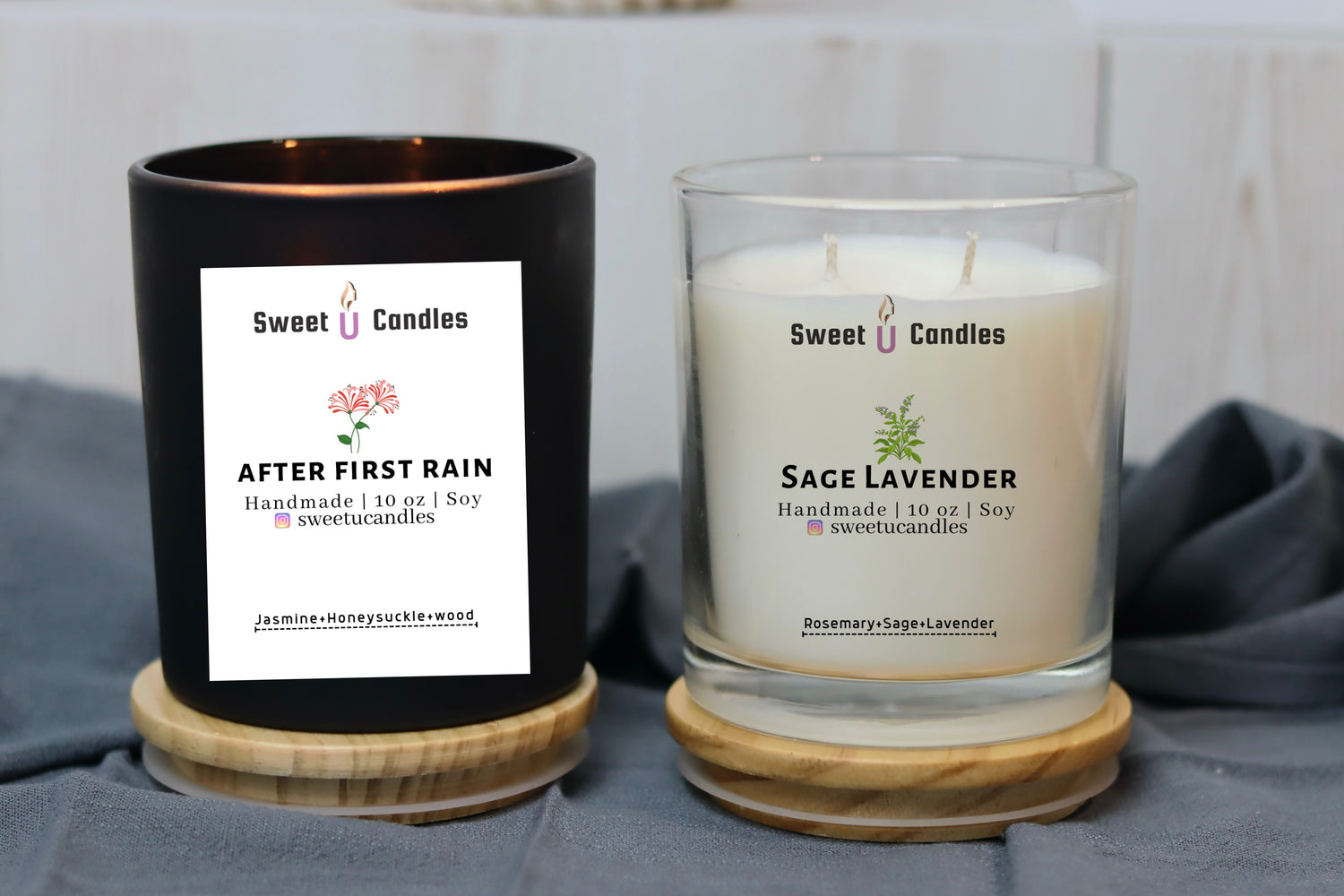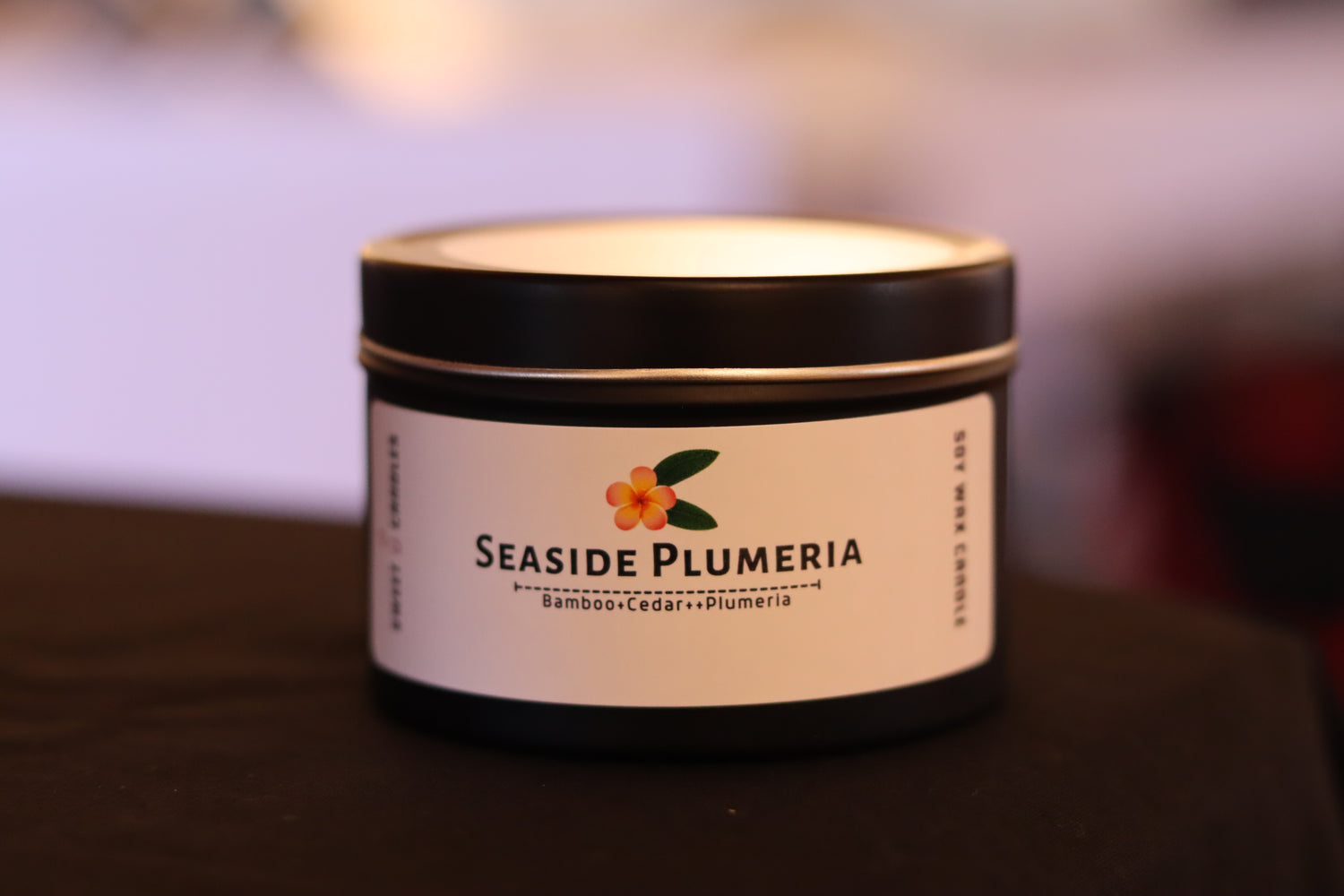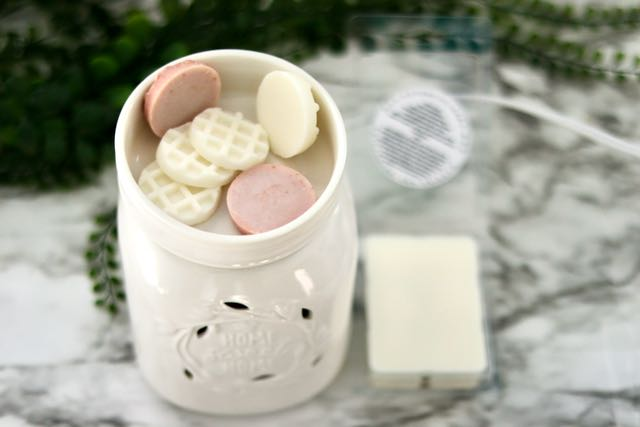Candle making is an art steeped in history, tradition, and a profound understanding of materials and craftsmanship. Over the years, the process has evolved, embracing new technologies and methods to ensure the creation of high-quality, safe, and delightful products. A critical aspect of this evolution is candle testing, a meticulous process that ensures every candle performs optimally, providing a beautiful experience for the user while maintaining safety standards. In this comprehensive guide, we delve deep into the Rule of Twos, a systematic approach to candle testing that has proven to be invaluable for candle makers worldwide.
Understanding the Basics of Candle Testing:
Candle testing is the process of evaluating various aspects of a candle, including its burn time, scent throw, wick performance, and overall safety. This process is crucial as it helps identify any potential issues that could affect the candle's performance or safety, ensuring that the final product meets the highest standards of quality. The Rule of Twos is a specific method within candle testing, where the candle is tested at three critical junctures: after two days, two weeks, and two months of curing. This method ensures a comprehensive evaluation of the candle’s performance over time, providing invaluable insights and allowing for necessary adjustments.
The Science Behind the Rule of Twos:
The Rule of Twos is grounded in the science of candle making, taking into consideration the unique properties of different waxes, fragrance oils, and wicks. Different types of waxes have varying curing times, with natural waxes like soy requiring a longer period to achieve optimal scent throw. The Rule of Twos accounts for these variations, ensuring that the candle is tested at stages that are critical to its performance.
-
Testing After Two Days: The first test conducted two days after the candle is made is crucial for assessing its initial burn quality and scent throw. This stage provides immediate feedback, allowing the candle maker to make quick adjustments if necessary. However, it is important to note that the candle's scent throw may not be fully developed at this stage, especially for candles made with natural waxes.
-
Testing After Two Weeks: The two-week mark is a critical juncture in the candle’s curing process. By this time, the fragrance oils have had sufficient time to bind with the wax, resulting in a more accurate representation of the candle’s hot throw. This stage is particularly important for natural wax candles, as they tend to require a longer curing period. Testing at this stage ensures that the wick is performing optimally, providing a clean and even burn.
-
Testing After Two Months: The final test conducted two months after production is essential for evaluating the candle’s long-term performance and stability. This stage ensures that any changes in the wick's behavior or the scent throw consistency are identified and addressed, guaranteeing a reliable and safe product for end-users. It also provides insights into the candle’s shelf life, ensuring that the candle will perform optimally even after an extended period.
The Importance of Consistency in Candle Testing:
Consistency is key in candle testing, ensuring that every batch of candles meets the same high standards of quality and safety. The Rule of Twos provides a structured approach to testing, ensuring that candles are evaluated at consistent intervals, providing reliable and comparable results. This consistency is crucial for building trust with customers, ensuring that they receive a high-quality product every time they make a purchase.
The Role of Scent Throw in Candle Testing:
Scent throw is a critical aspect of candle performance, referring to how well the candle’s fragrance fills a space. The Rule of Twos ensures that the scent throw is evaluated at different stages of the curing process, providing a comprehensive understanding of how the fragrance will perform over time. This is particularly important for candle makers who use natural waxes, as the scent throw can change significantly during the curing process.
Safety Considerations in Candle Testing: Safety is paramount in candle making, and the Rule of Twos plays a crucial role in ensuring that every candle meets the highest standards of safety. By testing the candle at different stages of its life cycle, potential safety issues such as improper wick sizing or issues with the fragrance load can be identified and addressed before the product reaches the customer.
The Role of Documentation in Candle Testing:
Documentation is a vital component of the Rule of Twos, ensuring that every test conducted is recorded and analyzed. This documentation provides a historical record of the candle’s performance, allowing for trend analysis and continuous improvement in the candle making process. It also ensures transparency and accountability, providing customers with assurance that every product has been thoroughly tested and meets the highest standards of quality and safety.
Candle making is a delicate balance of art and science, requiring a deep understanding of materials, craftsmanship, and safety considerations. The Rule of Twos provides a systematic and scientific approach to candle testing, ensuring that every candle performs optimally and safely, providing a beautiful and enjoyable experience for the user. By embracing the Rule of Twos, candle makers can elevate their craft, create superior products, and build a reputation for quality and reliability in the competitive world of candle making. So, whether you are a seasoned candle maker or just starting out, the Rule of Twos is a valuable tool in your candle making journey, guiding you to excellence and success.




